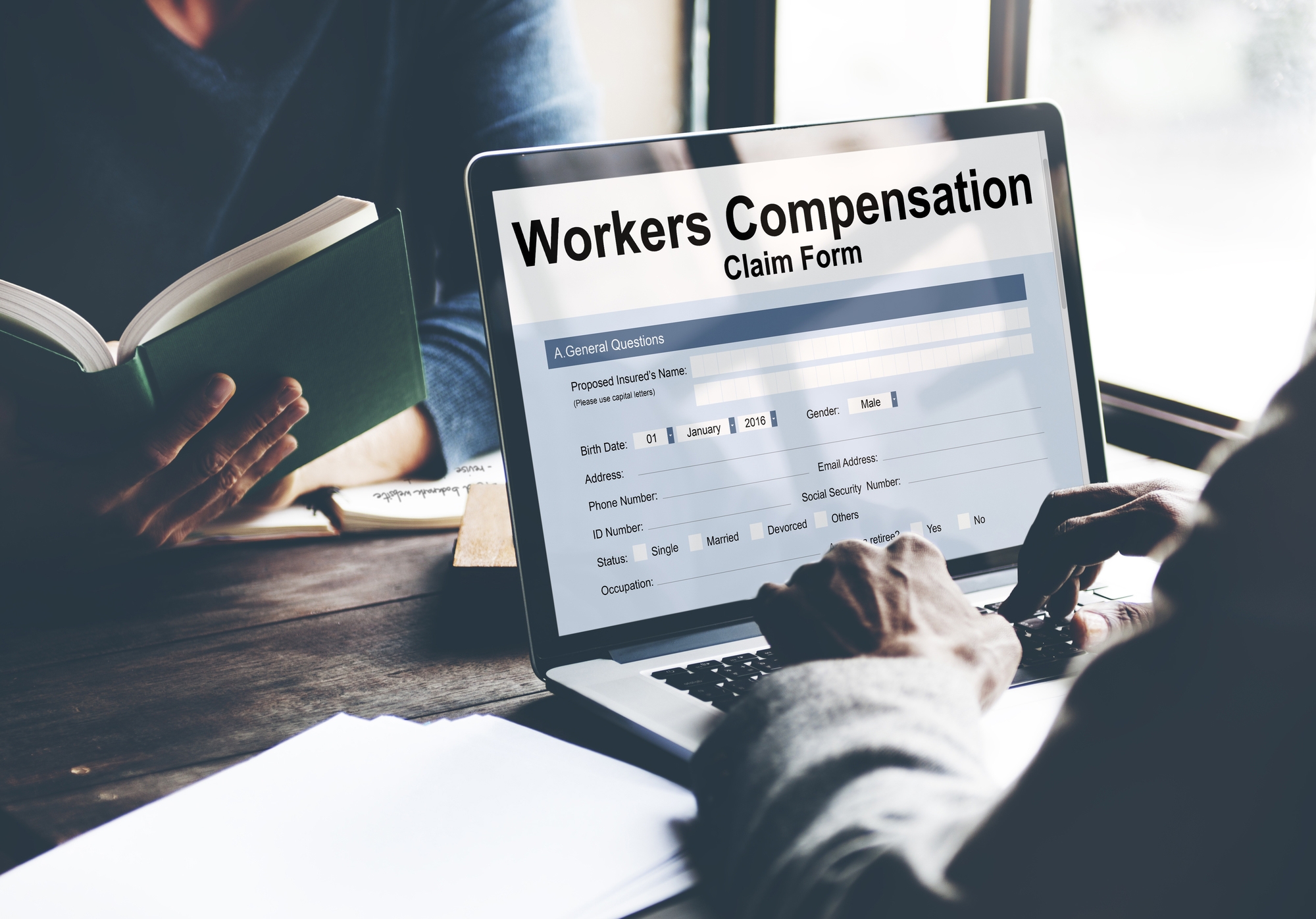Choose Optimal Flooring
Install high-traction flooring that is resistant to slips when remodeling or building a new structure. Having a textured floor in areas where slips would otherwise be common is very helpful. For example, this type of flooring would be useful in an entryway instead of using mats that could bend or bunch up. When choosing a material to use, be sure to understand the product’s out-of-the-box slip resistance number. After it is installed, have the flooring tested to verify its slip resistance.
Set Cleaning Protocols
Make sure workers do not substitute cleaning products or supplies. If the flooring requires a specific type of cleaning equipment or chemical, make sure that is what workers always use. Stress the importance of that method, always make sure the directions are available for easy access and always ensure there are ample supplies and chemicals for cleaning. It is also wise to test maintenance or janitorial staff of their knowledge from time to time. Be sure to train new workers thoroughly of proper cleaning techniques. Also, be sure both new and existing workers know the difference between cleaning and maintenance products.
Sanitation In Cleaning
To avoid contaminating certain areas, it is important to have different sets of cleaning supplies and maintenance equipment for different areas of the building. For example, a laboratory facility that requires a sterile environment would not want to use the same broom to clean the bathrooms and the laboratory. To make cleaning tasks less confusing, code different supplies with varying colors based on building location. Make sure workers understand the system and the importance of using it to avoid contamination.
Analyze Permanent Floor Features
Carpet runners, mats and other permanent floor features should always be in good condition. Make sure they do not bunch up or bend. The corners of a rug could cause a person to trip, a bunched runner could cause a person to fall down the stairs or a decorative raised feature on a floor could just be a tripping hazard without adequate lighting. All areas of the building should have good lighting, and building owners must install plenty of lights outside of the building and in parking lots. Inspect the floors regularly for any signs of possible repair needs. If there are mats on the floor, make sure they are no more than one-half of an inch higher than the floor in thickness. While thicker mats may seem more absorbent or durable, they actually increase the risk of falls.
Educate workers regularly about the dangers of falls and how they affect the business. If workers understand that lawsuits could cost every person his or her job and ruin a company, they may be more likely to put forth their best preventative efforts. Make sure they know how to fill out incident reports, and employers should review incident reports regularly.

